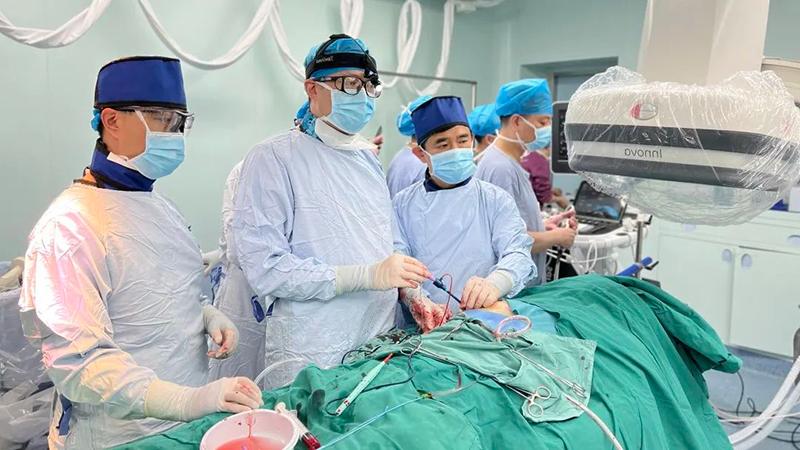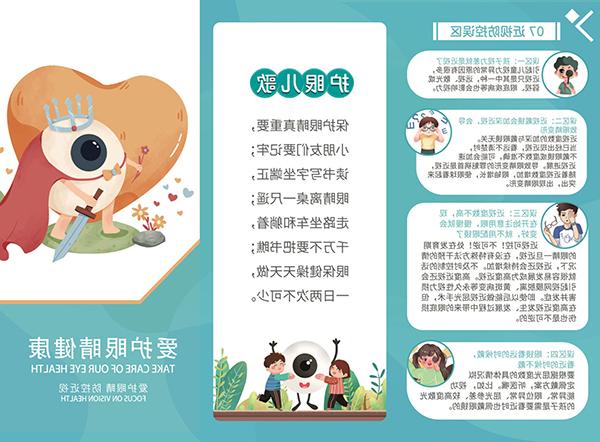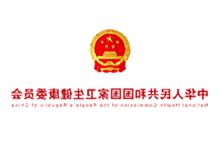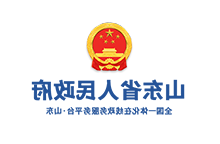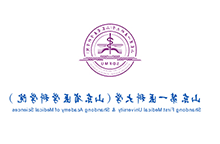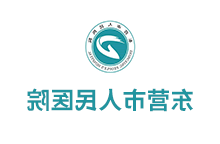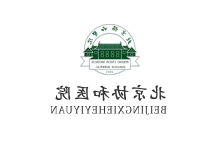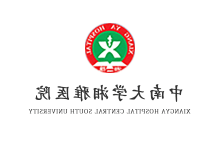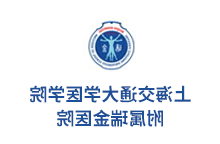Media focus
[Media report · China.net] Xiong Hui: "It is the doctor's duty to relieve the pain of patients"
In July this year, Mr. Wang, a polycystic kidney disease patient, came to the Provincial Hospital affiliated to Shandong First Medical University (Shandong Provincial Hospital) again to review kidney function。The results of the examination made Mr. Wang's family happy: "Thanks to the operation 10 years ago, the kidney function has hardly declined in the past 10 years.。”
The operation that Mr. Wang said was "one side laparoscopic polycystic kidney disease cyst topping decompression and capsule stripping" conducted by Xiong Hui, chief physician of urology department, in 2014.。Over the years, Xiong Hui has performed an average of more than 200 similar operations per year, delaying the decline of kidney function for thousands of patients with polycystic kidney disease by 5-10 years。

"Polycystic kidney can be operated on, the key is to find the right time"
In 2003, the Provincial Hospital of Urology subdivided into a number of sub-specialty directions, out of the inheritance of the technology of predecessors and the recognition of the effect of minimally invasive surgery of polycystic kidney disease, Xiong Hui joined the renal cystic disease treatment team, and led the members to focus on the minimally invasive treatment of polycystic kidney disease as the group leader。
Polycystic kidney disease, full name autosomal dominant polycystic kidney disease, is a common single gene inherited disease。The main manifestation is the formation of multiple cysts like grapes in both kidneys, and the gradual decline of kidney function。50% of patients develop end-stage renal disease by age 60。
"The decline of kidney function in patients with polycystic kidney disease is like riding a bicycle downhill, if you do not intervene, the bicycle downhill speed will be faster and faster, the purpose of surgery is like giving a bicycle brake, although the car can not stop completely, but can delay the speed of downhill.。"Xiong Hui said。
Both Ms. Zhang and her mother have polycystic kidney disease。Her mother died early because of the disease, and Ms. Zhang also developed high blood pressure in her 40s, and gradually developed to the compensatory stage of renal failure。In 2004, Xiong Hui performed laparoscopic cyst decompression and capsule stripping for Ms. Zhang in polycystic kidney disease。After the operation, Ms. Zhang insisted on follow-up, and after 17 years, she underwent surgery again。

"For 17 years, Ms. Zhang's condition was relatively stable, and the rate of decline of kidney function was very slow。Xiong Hui introduced that even if the surgery can not completely cure polycystic kidney disease, but through surgical treatment to delay the rate of decline in kidney function, is still a very effective way, "the key is to find the right time for surgery"。
"In the 10 years from 2003 to 2013, we performed nearly a thousand polycystic kidney surgeries。After surgery, the decline of renal function in many patients slowed down significantly, but some patients did not achieve the ideal therapeutic effect。"Xiong Hui introduced。After a detailed summary and analysis of the nearly 1,000 surgical patients, Xiong Hui found that the timing of surgery is very critical for patients with polycystic kidney disease。In 2013, he was the first in China to propose kidney volume as a standard for surgical timing selection of patients with polycystic kidney disease, which was widely recognized。In 2019, this assertion was entered into the "Guidelines for the Diagnosis and Treatment of Urology and Andrology Diseases in China"。
"In general, it takes 10 to 20 years for patients with PCD to go from the onset of clinical symptoms to the stage of terminal failure。Early patients with unilateral kidney volume less than 500 ml do not need surgery for the time being, and advanced patients with unilateral kidney volume greater than 1500 ml can only alleviate symptoms because of their extremely poor residual kidney function, and surgery is of little significance for delaying the decline of kidney function。Xiong Hui said that the unilateral kidney volume is between 500 and 1500 ml, and the blood creatinine level is normal or slightly higher, which is the best time for patients to undergo minimally invasive surgery。
A number of technologies "blessing", polycystic kidney disease towards the "precision medicine era"
In 2014, Mr. Wang, suffering from high blood pressure, limped into Ms. Xiong's consulting room。"Mr. Wang began to have high blood pressure more than 10 years ago, has been taking anti-pressure drugs, but the effect is not obvious, before also because of high blood pressure sudden cerebral hemorrhage, resulting in inflexible physical activity.。Xiong Hui introduced that after the examination, Mr. Wang was diagnosed with polycystic kidney disease。
After a comprehensive assessment of Mr. Wang's condition, Xiong Hui performed left laparoscopic cyst decompression and capsule stripping for him。5 days after the operation, the patient was discharged successfully。Ten years after surgery, Mr. Wang's blood pressure was in a controllable range, and kidney function did not see a significant decline。
In fact, in addition to hypertension, hematuria, stones, and pain in the kidney area are common complications of polycystic kidney disease。After a large number of clinical observations, Xiong Hui found that the kidney pain, hypertension, fever, abdominal distension and damage to renal function in patients with polycystic kidney disease are most directly related to the increase in the number of kidney cysts, the increase in volume and the infection of cystic fluid。
"In general, cysts larger than 4 cm will have significant pressure on the kidney.。Xiong Hui introduced that there is no way to effectively reduce the internal pressure of the kidney?To this end, Xiong Hui was the first to treat polycystic kidney disease with laparoscopic cyst decompression combined with renal capsule stripping。
其中,Roof decompression is used to remove the cyst wall of a kidney cyst,Capsule stripping is used to remove the capsule around the kidney in some patients,The ultimate goal of both is to reduce pressure inside the kidneys,Protects most of the remaining nephron from crushing and further damage,The condition of renal ischemia was improved,Partial nephron function was restored,Ultimately slowing the progression of the disease。"The membrane on the surface of the kidney in some patients is relatively tough, and with the patient's kidney constantly being enlarged by vesicles, the membrane growth is relatively slow, which will obviously bind the kidney to grow outwards, resulting in pressure on the kidney.。Therefore, for this part of patients, it is necessary to jointly carry out membrane stripping during the operation to release the restraint of the membrane on the kidney and further relieve the internal pressure of the kidney。"Xiong Hui explained。

While constantly optimizing surgical procedures, with the development and demand of the concept of "precision medicine", Xiong Hui has also shifted his eyes to new technology fields such as three-dimensional reconstruction and artificial intelligence。So far, he has applied the 3D reconstruction technique to the operation of polycystic kidney disease。"With the help of three-dimensional reconstruction technology, the patient's condition can be more intuitively assessed, the number and size of the patient's cyst can be more accurately measured, so as to more accurately determine whether the patient is suitable for surgery and when the surgery is more effective.。Xiong Hui introduced that at the same time, the application of three-dimensional reconstruction technology is of great help to reduce the risk of surgery and shorten the operation time。
In recent years, Xiong Hui has set his sights on artificial intelligence。At present, he is actively exploring the application of artificial intelligence to minimally invasive surgery for polycystic kidney disease with relevant teams。"It is hoped that through the 'blessing' of artificial intelligence, more guidance can be provided for preoperative and postoperative treatment.。"Xiong Hui said。
Lead the establishment of specialist alliances, two-way referral to benefit more people
Currently, there are about 2 million patients with polycystic kidney disease in the country。In order to let patients early surgery, early discharge, Xiong Hui often work overtime。For him, operating until more than 9 p.m. on surgery days is "routine."。Even if it is not an operation day, as long as the operating room has a slot, Xiong Hui will "see the stitches" and arrange surgery for patients in time。Over the course of a year, Xiong Hui basically had to do more than 200 polycystic kidney surgeries, which ranked among the best in China。
"But the power of one person and one team is limited。Only by spreading the technology can more patients benefit。"Xiong Hui said。To this end, in recent years, while constantly learning to improve his own ability, he actively participated in relevant academic exchange conferences inside and outside the province, sharing new technologies and new ideas for the treatment of polycystic kidney disease with colleagues around the country。At the same time, open a personal account, use spare time in the good doctor, spring rain doctor, Tiktok, Kuaishou, video number and other platforms to publish cases and related science knowledge, so that more people understand, accept, and benefit from the minimally invasive treatment of polycystic kidney disease。

2023年6月,Under Xiong Hui's active advocacy,Initiated by the provincial hospital and led by the Department of Urology, the "Polycystic kidney Minimally invasive Diagnosis and Treatment Alliance of Provincial Hospital Affiliated to Shandong First Medical University" was held in Jinan,Jinan People's Hospital, Zichuan District People's Hospital, Huantai County People's Hospital and other 12 hospitals officially joined the "Alliance"。
"The provincial hospital as the chairman unit and 12 member units to establish a" two-way referral "green channel, mild patients can receive treatment in the local hospital, during the treatment, the provincial hospital guidance;Severe patients can come to the provincial hospital for surgery through the green channel。Xiong Hui introduced that the establishment of the alliance has provided more convenience for patients。At the same time, relying on the alliance, various units have achieved common progress and common development of medical education and research, which is of great benefit to improving the medical level of minimally invasive diagnosis and treatment of polycystic kidney in the province and benefiting more patients。
Today, Xiong Hui is going further and further in the field of minimally invasive treatment of polycystic kidney disease, but he does not dare to relax, and still struggles to "cut the devil" on the road for patients with polycystic kidney disease。"It is the first duty of a doctor to relieve the suffering of patients," he said。”







![[Media report · China.net] Xiong Hui:](/Sites/Uploaded/UserUpLoad/20240815/20240815095923.jpg)
